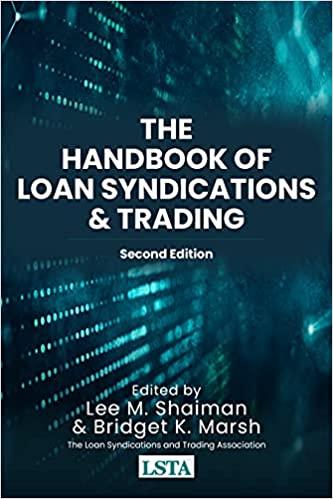15. An equity analyst's report of Twitter concludes that the odds against Twitter's stock price increase is 7:1. What is the probability that Twitter's stock price will increase, according to the analyst? 1.7 (a.) 0.1250 b. 0.1429 c. 0.8571 d. 0.8750 16. You are examining the common stock of two companies, Al-Watania Poultry and AlMarai Company. You believe that both companies will equally benefit from a decision related to increasing the restrictions on importing poultry and dairy products. Currently, your analysis shows that Al-Watania's stock reflects an 0.70 probability that this restriction will not be imposed. Whereas, Al-Marai's stock price reflects a 0.60 probability that this restriction will be imposed. Assuming your analysis is correct, what investment strategy would profit from this pricing discrepa a. Buy Al-Watania (b.) Buy Al-Marai c. Buy both d. Sell both 17. You are analyzing 50 stocks over a two year period. Each year you classify 50% of stocks with the lowest returns as losers and the 50% of the stocks with the highest returns as winners. The distribution is presented in the table below. What is the probability that a 15. An equity analyst's report of Twitter concludes that the odds against Twitter's stock price increase is 7:1. What is the probability that Twitter's stock price will increase, according to the analyst? 1.7 (a.) 0.1250 b. 0.1429 c. 0.8571 d. 0.8750 16. You are examining the common stock of two companies, Al-Watania Poultry and AlMarai Company. You believe that both companies will equally benefit from a decision related to increasing the restrictions on importing poultry and dairy products. Currently, your analysis shows that Al-Watania's stock reflects an 0.70 probability that this restriction will not be imposed. Whereas, Al-Marai's stock price reflects a 0.60 probability that this restriction will be imposed. Assuming your analysis is correct, what investment strategy would profit from this pricing discrepa a. Buy Al-Watania (b.) Buy Al-Marai c. Buy both d. Sell both 17. You are analyzing 50 stocks over a two year period. Each year you classify 50% of stocks with the lowest returns as losers and the 50% of the stocks with the highest returns as winners. The distribution is presented in the table below. What is the probability that a







